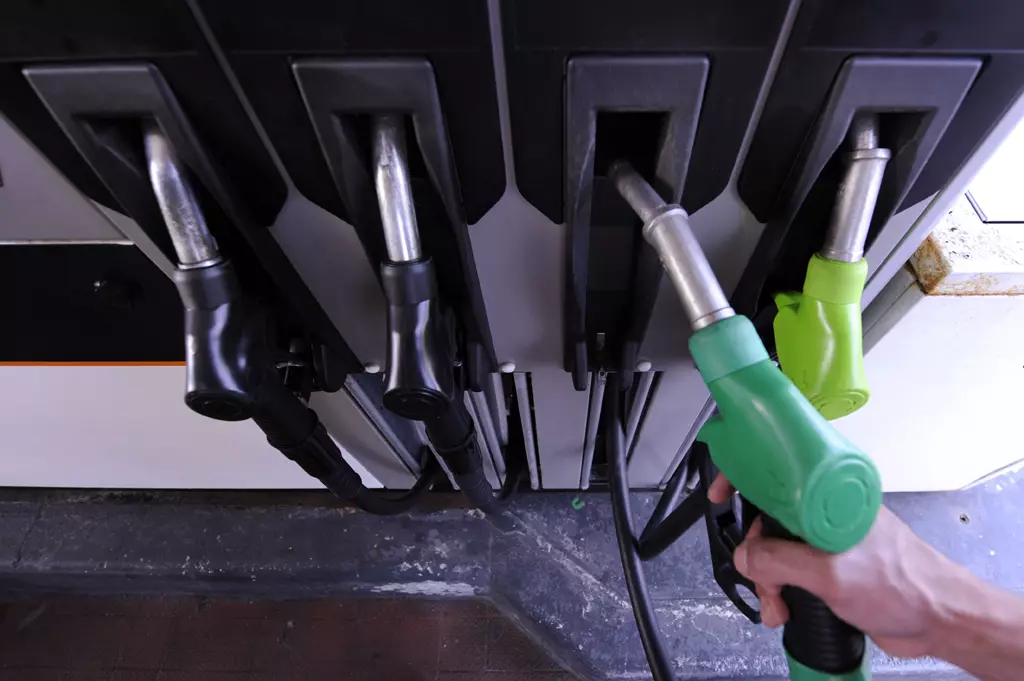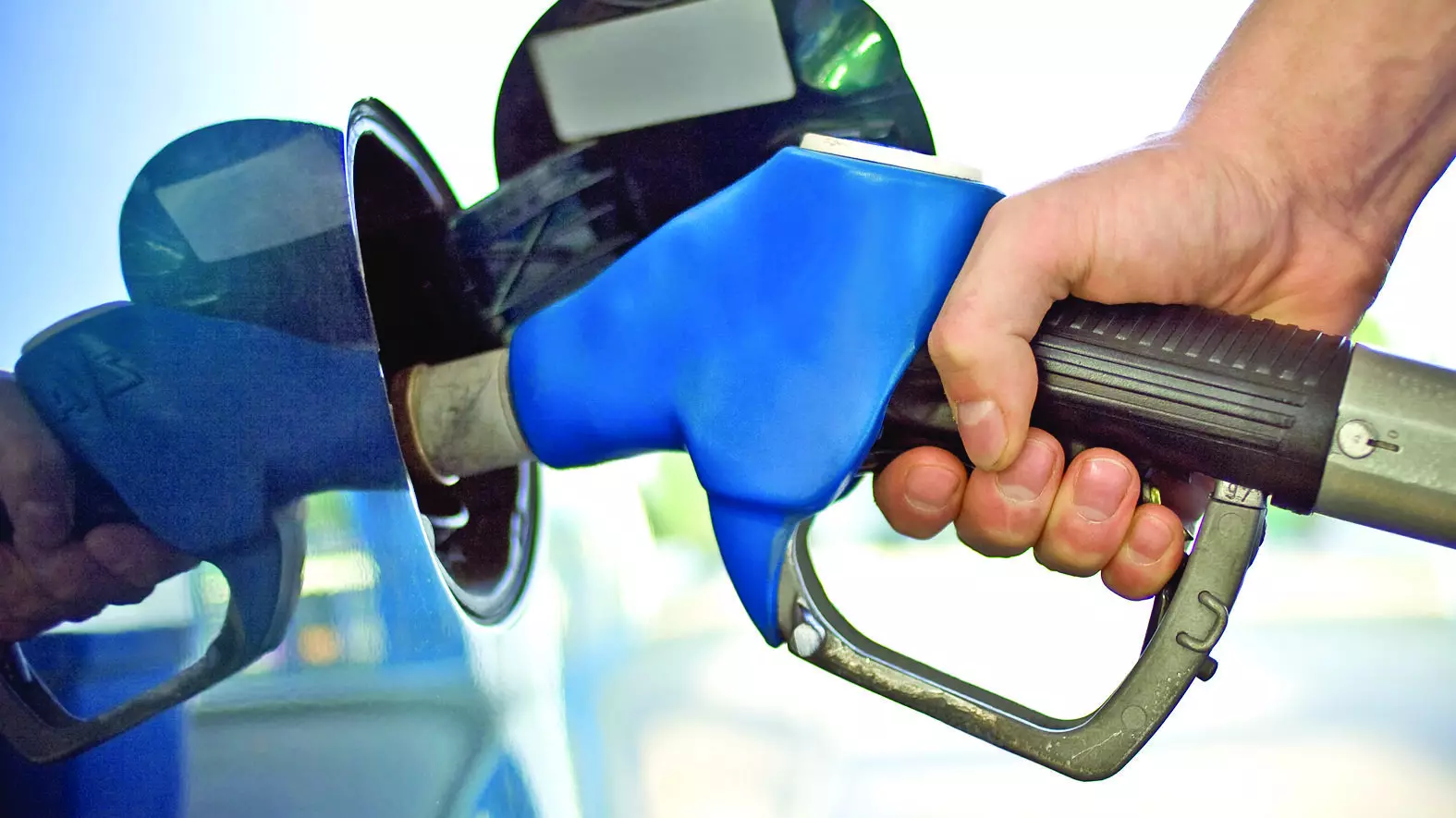The high tax burden on fuels is not enough to explain the rise in prices in the first months of this year, but it remains one of the main reasons why Portugal is (always) at the top of fuel price lists in the European Union.
Between the Tax on Petroleum Products (ISP), fees and the Value Added Tax (VAT), the Portuguese state collects about 60% of the final amount that the Portuguese pay for fuel.
In the case of gasoline, and according to the most recent information from Apetro, they are subject to a 23% VAT rate and 0.526 €/l of Tax on Petroleum Products, to which is added 0.087 €/l referring to the Contribution to Road Service and 0.054 €/l referring to the Carbon Tax. Diesel is subject to a 23% VAT rate and 0.343 €/l of Tax on Petroleum Products, to which 0.111 €/l of the Road Service Tax and 0.059 €/l of the Carbon Tax are added.

Additional ISP fee created in 2016
To this we still have to add the additional ISP fees, in the amount of €0.007/l for gasoline and €0.0035/l for road diesel.
The Government introduced this additional fee in 2016, announced as temporary, to face oil prices, which at the time reached historically low levels (however, they rose again…), to recover the revenue that was being lost in VAT. What was supposed to be a temporary measure, ended up becoming permanent, so this additional fee is maintained.
This additional fuel tax, paid by consumers each time they fill their car deposit, is consigned to the Permanent Forest Fund up to a maximum limit of 30 million euros.

Carbon Rate Continues to Grow
Another rate that has been present since 2015 every time we stop at the gas station is the Carbon Tax, which was introduced with the aim of helping to “decarbonise the economy, encouraging the use of less polluting energy sources”.
Its value varies depending on the average price practiced each year in the auctions of greenhouse gas emission licenses, and is thus defined every year. In 2021, as mentioned above, it represents an additional 0.054 euros for each liter of gasoline and 0.059 euros for each liter of diesel.
If we compare with the 2020 figures, the increase was residual: only 0.01 €/l for both types of fuel. However, going back another year, we see that the values in 2020 have doubled compared to 2019, giving clues about the type of evolution of this rate in recent years.
When it came into force in 2015, this rate was “only” €0.0126/l for gasoline and diesel. Now, six years later, this rate has more than quadrupled. And the prospects for 2022 are that it will increase again.
